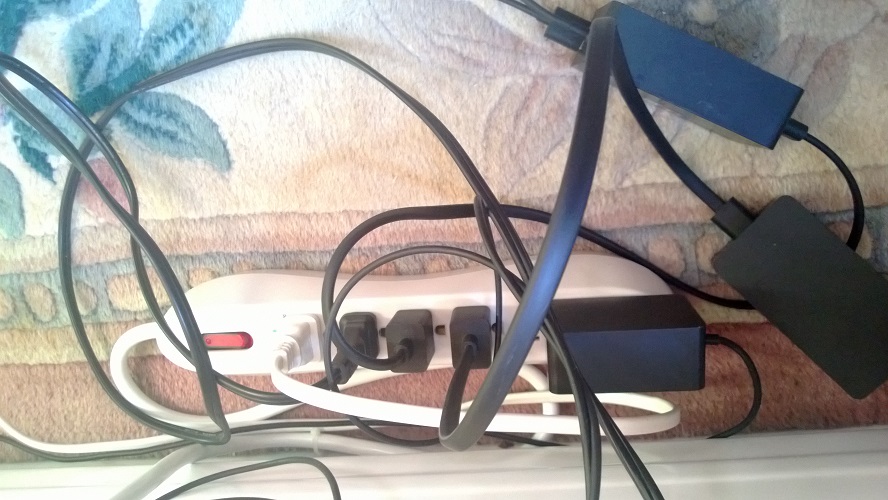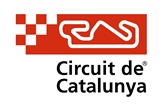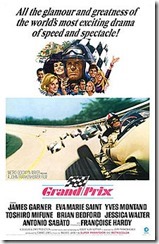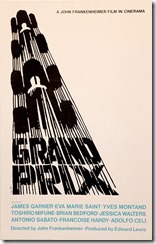Kicking things off with a short piece
Welcome to the first day of the 7pm Project.
To get an overview of the project please look here.
On April 29, 2020, I began recording the 7pm clapping and cheering that was happening in my neighborhood, and around the world. Cheering with thanks to the frontline and essential workers who were out there on all of our behalf, keeping the world spinning.
This is the first of those recordings – well sort of. Allow me to give a quick overview of the process I followed. Beginning on April 29th and ending on July 9th (due to technical glitch), I would place a microphone out my window and record the cheering.
Step two, which began in early July, I began to prepare the recordings for use. The recordings had a fair amount of wind noise which I was able to remove using a piece of software from iZotope (I will get more into the technical aspects in later posts). The process took a while because each days recording was different. That all took a few weeks.
Step Three, which I am in now is taking those cleaned-up recording and applying a variety of audio processing/digital music technologies to create soundscapes that attempt to capture the mood or ambiance of those few daily moments when we as New Yorkers joined our fellow global citizens. When you think about it, it’s 7pm somewhere. We were part of a global relay that went on for months.
Perhaps I should have mentioned that, while I have a keen interest in the technologies in use and enjoy playing music, I am by no means a musician. In fact, my approach draws pretty heavily on a notion that was put forward many years ago by Brian Eno – that of the non-musician. Here is an excerpt of Lester Bangs interview with Brian in Musician magazine from back in 1979.
This brings up the famous ”I’m not a musician” quote from early in his career, which confounds fans and critics alike to this day. It seems like a conceit turned inside out, inasmuch as I’ve got almost a dozen albums of his music sitting here. “Again,” he almost sighs, “it was a case of taking a position deliberately in opposition to another one. I don’t say it much anymore, but I said it when I said it because there was such an implicit and tacit belief that virtuosity was the sine qua non of music and there was no other way of approaching it. And that seemed to be so transparently false in terms of rock music in particular. I thought that it was well worth saying, ‘Whatever I’m doing, it’s not that,’ and I thought the best way to say that was to say, Look, I’m a nonmusician. If you like what I do, it stands in defiance to that.’
“When I say ‘musician,’ I wouldn’t apply it to myself as a synthesizer player, or ‘player’ of tape recorders, because I usually mean someone with a digital skill that they then apply to an instrument. I don’t really have that, so strictly speaking I’m a non-musician. None of my skills are manual, they’re not to do with manipulation in that sense, they’re more to do with ingenuity, I suppose.”
And yet one wonders still how disingenuous all this might be. So I asked him point blank: “Have you ever had any formal music or theory training at all?”
“No.”
“Have you ever felt the pressure that you should get some?”
‘No, I haven’t, really. I can’t think of a time that I ever thought that, though I must have at one time.
http://music.hyperreal.org/artists/brian_eno/interviews/musn79.html
I am by no means a virtuoso and have no real formal background, but I have been making and manipulating sounds since I was a kid hotwiring my dad’s HiFi. I have found the when given the opportunity to approach something with a Beginners Mind, I am much more engaged and the results are often more interesting.
Please keep in mind that I am learning and exploring through this process. The types of pieces that I make a month from now may be very different to this one. I will be trying to capture those evolutions/revolutions in the notes for each. So, I invite you to please sample a few pieces from different days to get a sense of the changes – both in the community participation and in my abilities to conjure something interesting.
To provide even more context for the recordings, I will also be providing some historical information for that given day, with a NYC slant. The notion of context will arise in many posts to come and is the main focus of the project which is trailing this one.
CONTEXT
Weather

NYC Headlines from the Grey Lady
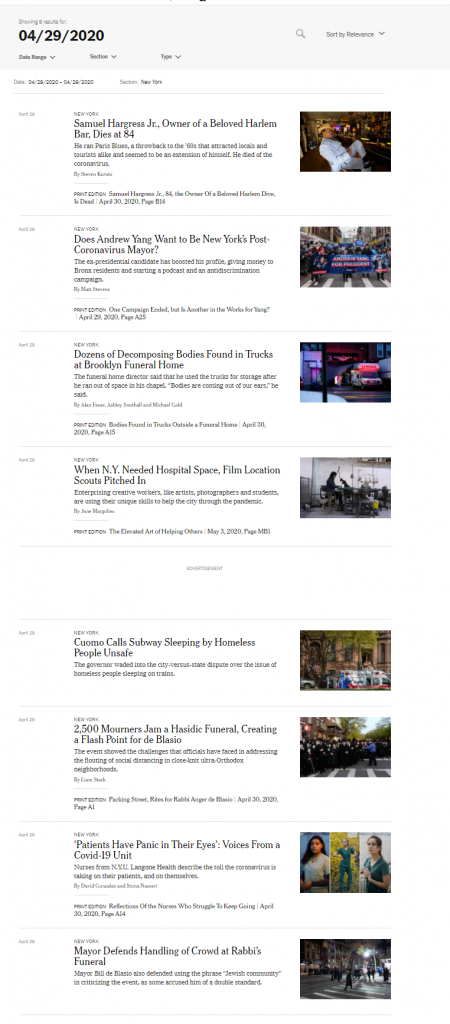
All NYC Data on this day from WolframAlpha:
https://www.wolframalpha.com/input/?i=all+data+new+york+city+April+29+2020
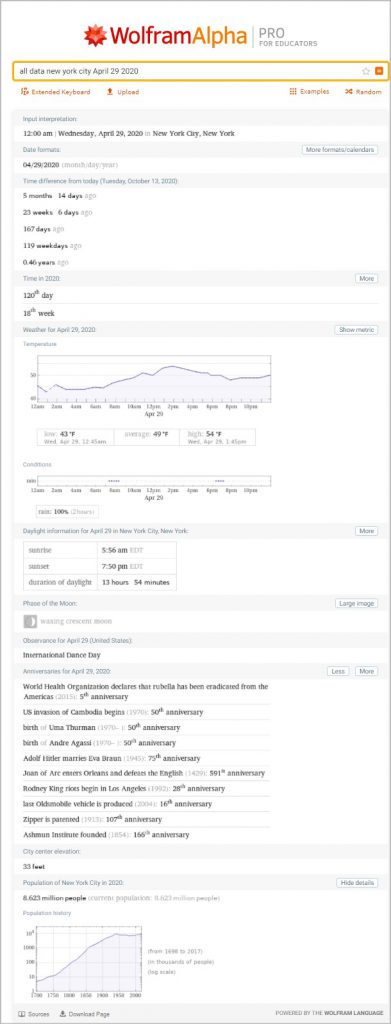

Next

